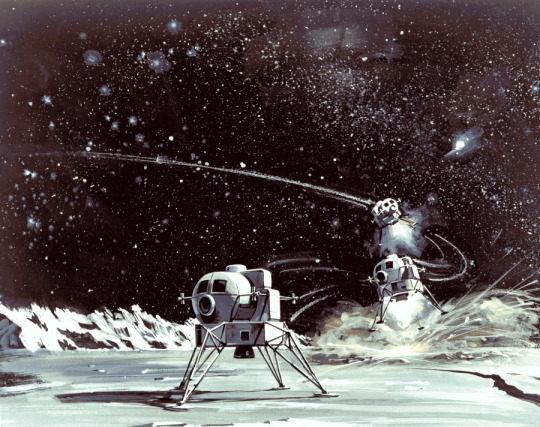#landing module
Text
It has come to my attention that I haven't drawn sun and moon as chibis yet
I have rectified the situation:

all is right with the world
#fnaf sun#fnaf moon#dca fandom#fnaf dca#drew these during a break from my course modules#they gave me life as I reread the same page about the rivetting history of Canadian land description over and over again#I don't think I retained anything#but their bright colours and childish glee over puddles of water have healed me#crab art#traditional art#I'mma go sleep now#tomorrow's module is an estimated 8 hrs ha HA#five nights at freddys daycare attendant... save me...#five nights at freddys daycare attendant#save me five nights at freddys daycare attendant
3K notes
·
View notes
Text
The original Moon landing sites
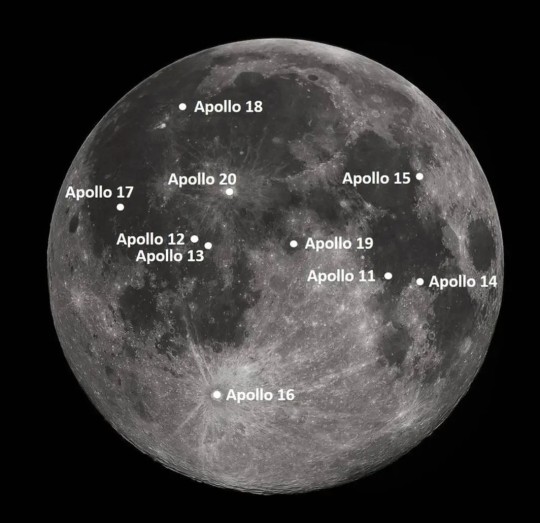
"NASA contracted to have 15 flight-worthy Saturn V rockets produced. Apollo 11 achieved the first landing with the sixth Saturn V, leaving nine for follow-on landings. The following landing sites were chosen for these missions, planned to occur at intervals of approximately four months through July 1972."
Note: I've updated this list with the original tentative planned launch dates.
G-type Mission
Apollo 11: (G) Mare Tranquillitatis, July 1969
H-type missions
Apollo 12: (H1) Ocean of Storms (Surveyor 3 site), November 1969
Apollo 13: (H2) Fra Mauro Highlands, March 1970
Apollo 14: (H3) Littrow Crater, July 1970
Apollo 15: (H4) Censorinus Crater, November 1970
J-type missions, the extended stay missions
Apollo 16: (J1) Descartes Highlands or Tycho Crater (Surveyor 7 site), April 1971
Apollo 17: (J2) Marius Hills or Marius Hills volcanic domes, September 1971
Apollo 18: (J3) Copernicus crater or Schröter's Valley or Gassendi crater, February 1972, later July 1973
Apollo 19: (J4) Hadley Rille, July 1972, later December 1973
Apollo 20: (J5) Tycho Crater or Copernicus Crater or Marius Hills, December 1972, later July 1974
As we all know, plans were changed and missions were cancelled. But it's nice to see what was initially planned.
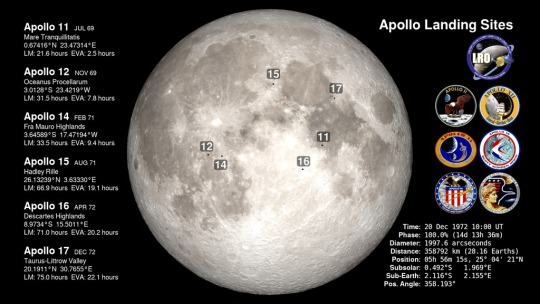
To compare with the actual landing sites and dates:
Apollo 12: (H1) Ocean of Storms (Surveyor 3 site), November 1969
Apollo 13: (H2) never landed, April 1970
Apollo 14: (H3) Fra Mauro, January-February 1971
Apollo 15: (J1) Hadley–Apennine, July-August 1971
Apollo 16: (J2) Descartes Highlands, April 1972
Apollo 17: (J3) Taurus–Littrow, December 1972
NASA ID: link, link
Information from Astronautix: link
Information from Wikipedia: link
#Apollo 11#Apollo 12#Apollo 13#Apollo 14#Apollo 15#Apollo 16#Apollo 17#Apollo 18#Apollo 19#Apollo 20#NASA#Apollo Program#Moon#Moon landing#Lunar Module#cancelled#G-type Mission#H-type mission#J-type mission#Cancelled Mission#my post
436 notes
·
View notes
Text

Stepping out on the front porch. Astronaut David Scott opens the hatch to check out the view during Apollo 9, March 1969. In this pic taken by fellow astronaut Rusty Schweickart, ‘Gumdrop’, the Command Service Module is docked with ‘Spider’, the Lunar Module. A9 was the 1st flight incorporating all Apollo spacecraft components. The 10 day mission was the 2nd launched by a Saturn V rocket.
#apollo 9#spacecraft#command module#low earth orbit#astronaut#space travel#1969#earth orbit#astronauts#space exploration#vintage space#space#space age#nasa#moon landing#space race#spaceflight#nasa astronauts#nasa photos#space history#spacesuits#1960s
362 notes
·
View notes
Text

Today's KAITO module of the day is:
Hatsune Miku x Yomiuri Land 2024 by Morikura En!
#vocaloid#kaito#hatsune miku x yomiuri land#hatsune miku x yomiuri land 2024#hatsune miku x yomiuri land 2024 ~5th anniversary~#morikura en#en morikura#yomiuri land#module#589
115 notes
·
View notes
Text

2 Aug 1971 - Apollo 15 Lunar Module Pilot James Irwin salutes the U.S. flag
#NASA#Space flight#Moon landing#Apollo 15#Lunar module#American Flag#Lunar rover#Astronaut#Space program#Moon
65 notes
·
View notes
Text

When North American Rockwell builds a spacecraft, North American Rockwell builds a spacecraft.
#vintage advertising#north american rockwell#nasa#apollo#spacecraft#apollo command module#apollo service module#saturn rocket#rockets#lunar module#moon landing#the 60s#engineering#rocketdyne
60 notes
·
View notes
Text

















the regrowth of hope is more painful than the lack. or, lord vasili von holtz
walking the land by anne magill / stray italian greyhound by vienna teng / get used to it by ricky montgomery / the crunch by charles bukowski / how to be a dog by andrew kane / u deserve by wasia project / the fear of losing this by florist / menhir by anne magill / hope and i by susan coolidge / slade house by david mitchell / full moon by avi kaplan / making amends, panel 2, by holly warburton / stray italian greyhound by vienna teng / not your year by the weepies / making amends, panel 1, by holly warburton / stray italian greyhound by the weepies / tin bucket by jenny george
#my web weaves#web weaving#i am not at all normal about this npc with three lines in the module#not tagging the module so it doesn't go in the tag but u can ask me for it if ur curious#i am. shaking him in my teeth#SADDEST WETTEST MAN. I WANT TO BRING YOU JOY#vasili#living in a land without sunlight.... and a bunch of weirdos burst onto the scene. what do u do now#i love my campaign so much my dm and players are so great <3333#there's so much life and love and hope in a dying and hopeless land
49 notes
·
View notes
Text
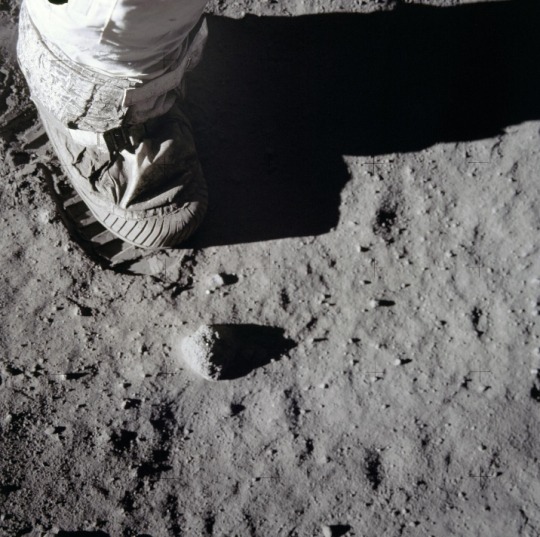
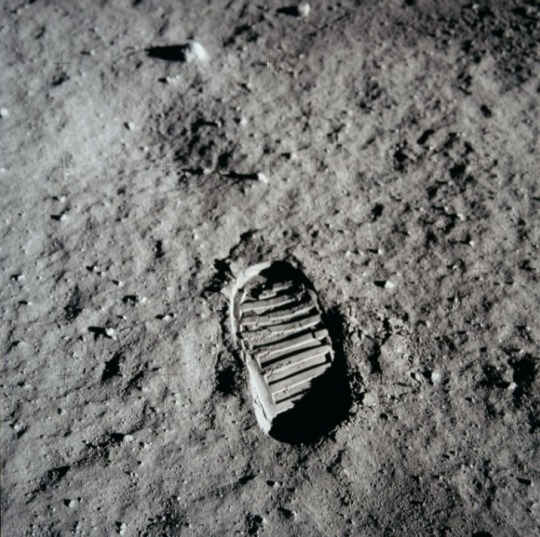
One small step. 🌑
On 20 July 1969 (54 years ago), Apollo 11 crewmembers became the first human beings to set foot on the lunar surface.
Today, we’re building on the legacy of Apollo as we prepare to establish a long-term human infrastructure on the Moon with Artemis.
— NASA
#International Moon Day#Artemis#Lunar Module 54#Neil Armstrong#Buzz Aldrin#Michael Collins#NASA#astronauts#space#space exploration#space mission#Eagle#moon#Apollo#moon landing
57 notes
·
View notes
Photo

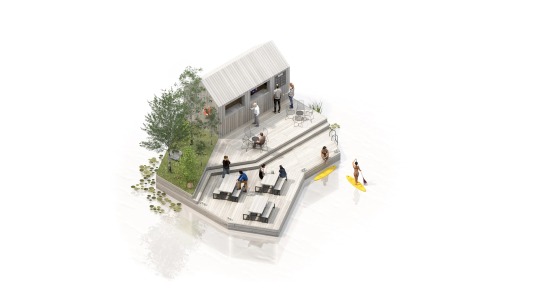
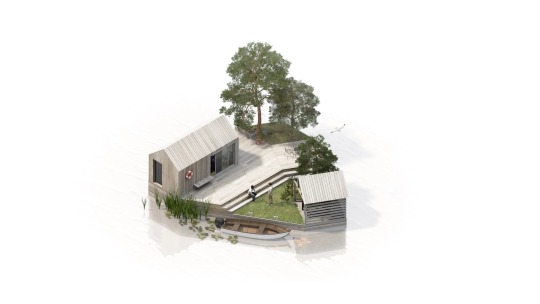


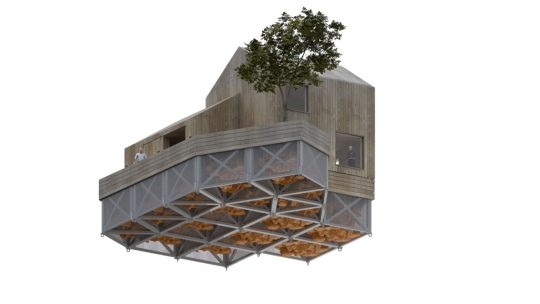

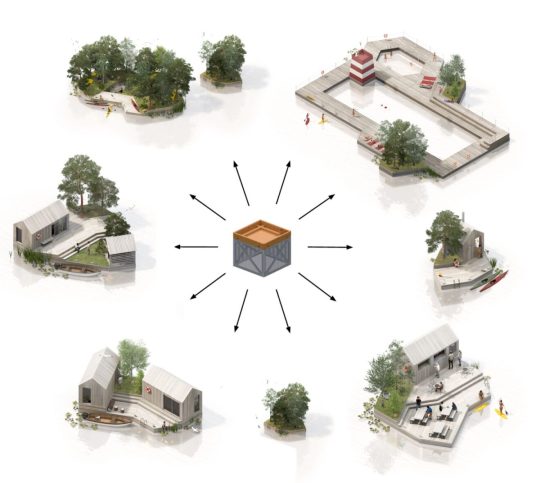
‘Land on Water ‘
A growing acknowledgement of sea level rise and an increased risk of urban flooding has contributed to a sharp increase in interest in building on water but current solutions.
The system is based on simple, flat-pack modules made from reinforced, recycled plastic that can be easily transported around the globe and assembled into countless configurations. Providing a secure floating founda-tion for building housing and infrastructure.
The system was inspired by gabion construction, an ancient technology which utilises mesh cages filled with rub-ble to create extremely sturdy, low cost foundations. In this case the concept is inverted; and the modular ‘cages’ are filled with locally sourced, upcycled floatation supporting the weight of any structure built on top. This has the unique advantage that floatation can be added or adjusted at any time if weight is added above.
Developed by the Danish Maritime Architecture Studio ‘MAST’ with the support of Hubert Rhomberg and venture studio ‘FRAGILE’
Photorealistic visualisations by KVANT-1
#art#design#urban#architecture#eco-friendly#sustainability#land#water#floatinghouse#sea level rise#climate change#flat-pack#module#recycling#modularhouse#prefabhouse#gabion#MAST#hubert rhomberg#fragile#concept#nature
224 notes
·
View notes
Photo

NASA baseline LEM design
#LEM#lumar#lunar lander#lunar module#NASA#Space Race#space age#spacecraft#spaceship#moon#moon landing#moon lander#retrofuturism#Retro
43 notes
·
View notes
Text
been doing some cockpit view flight in ksp, popping on some chiptune playlists, and just flying some ssto craft. really relaxing

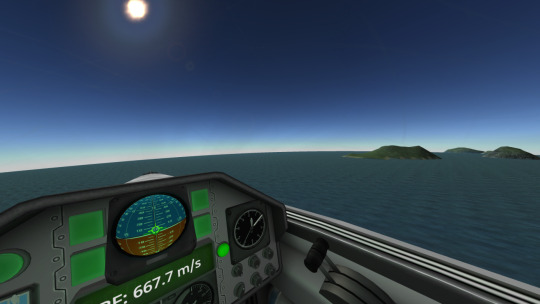

#ksp#might design a practical craft specifically around the concept of iva flight. probably modifying my existing one for some direct#flights to my ike colony location (landing should be somewhat simple) or just a big ssto hauler like this one#im tempted to use the cupola module (instead of mk1 inline) for something but alas it's no good for planes which is where most of the fun i
9 notes
·
View notes
Text


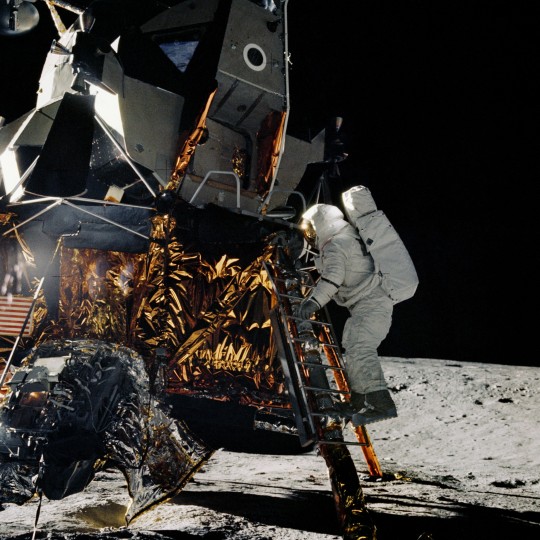

Apollo 12 Astronaut Alan L. Bean, lunar module pilot, starts down the ladder of the Lunar Module (LM-6) Intrepid to join astronaut Charles Conrad Jr., mission commander, in their first extravehicular activity (EVA).
Date: November 19, 1969
NASA ID: AS12-46-6725, AS12-46-6726, AS12-46-6728, AS12-46-6729
#Apollo 12#LM-6#Intrepid#Lunar Module#NASA#Apollo Program#H-type mission#November#1969#Moon Landing#Moon#Ocean of Storms#my post
185 notes
·
View notes
Text

Parked by the front door. The Lunar Rover sits by Orion, the Lunar Module during Apollo 16, Apr 1972. The crew of John Young, Charlie Duke & Ken Mattingly experienced many glitches on the way to the moon culminating in concerns in the main engine. Mission Control had considered aborted the entire landing until it was decided the issues could be overcome. Still, as a result of these concerns, the mission ended 1 day earlier than planned.
#astronauts#apollo 16#space travel#astronaut#space exploration#nasa#space race#space#vintage space#moon landing#space age#1972#lunar rover#man on the moon#moon landings#1970s#lunar module#lunar surface#the moon#nasa astronauts#nasa photos#outer space#space history#space program
38 notes
·
View notes
Text


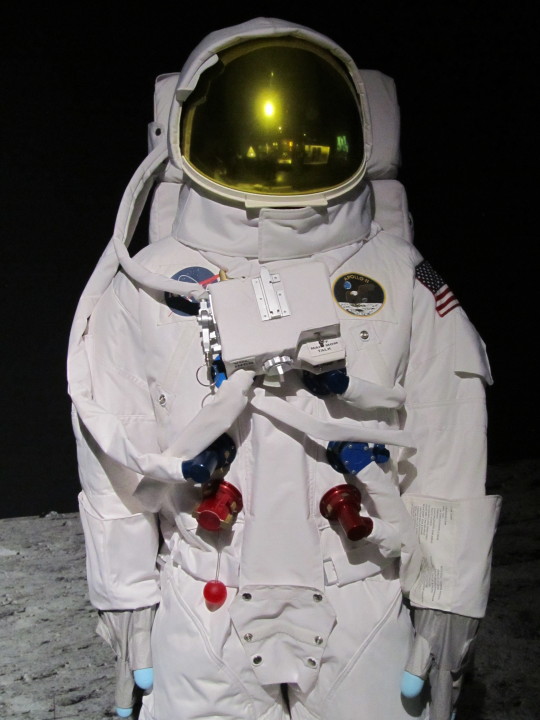
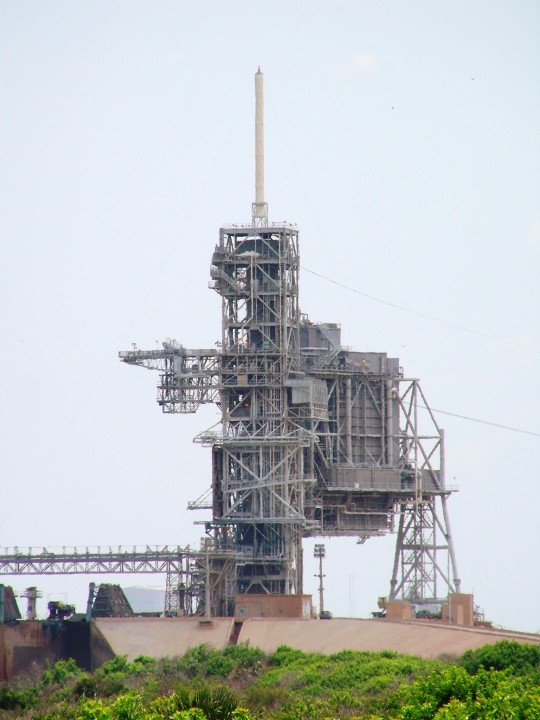
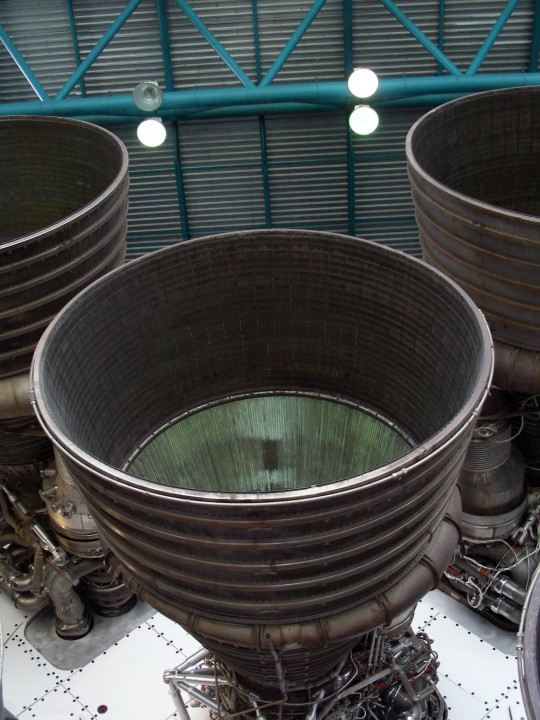

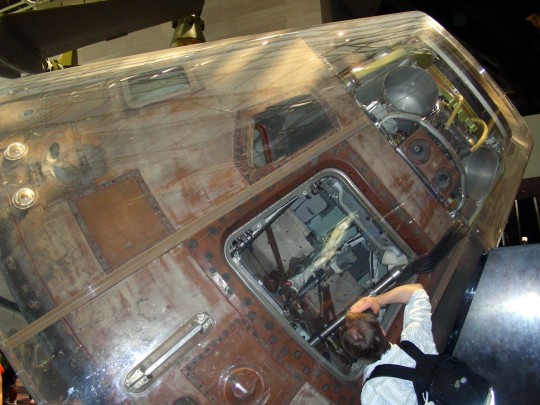
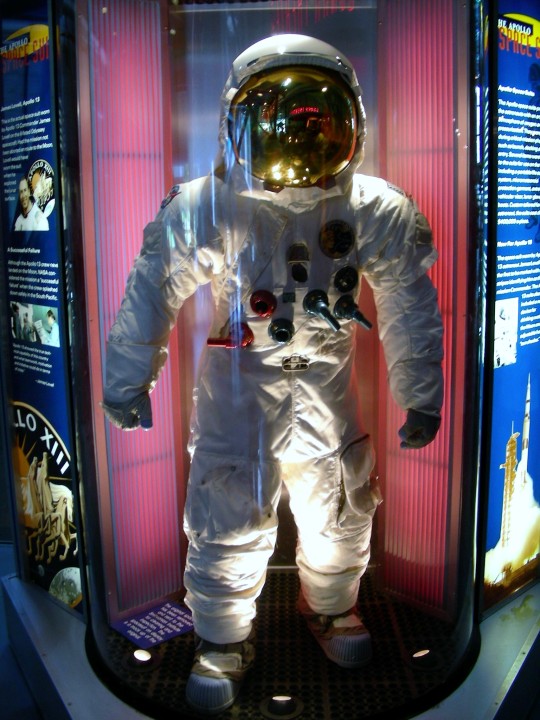


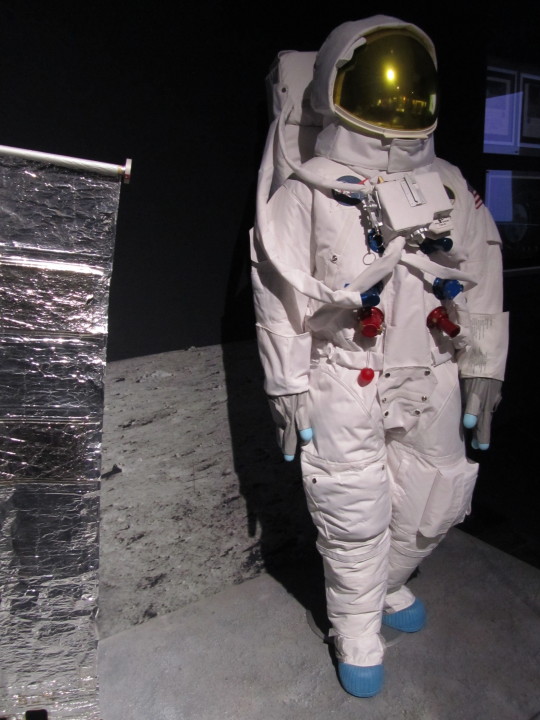

Apollo program: Apollo 11’s crew successfully makes the first manned landing on the Moon in the Sea of Tranquility. Americans Neil Armstrong and Buzz Aldrin became the first humans to walk on the Moon (July 21 UTC) on July 20, 1969.
#Swiss Museum of Transport#Verkehrshaus der Schweiz#Luzern#Lucerne#Switzerland#Florida#Kennedy Space Center#Apollo 11 Command Module 'Columbia'#National Aeronautics and Space Administration#NASA#National Air and Space Museum#Washington DC#Saturn V moon rocket#Launch Complex 39A (LC-39)#Apollo 11#landed#Moon#20 July 1969#anniversary#US history#technology#engineering#original photography#travel#vacation#tourist attraction#landmark#architecture#USA#Jim Lovell space suit
8 notes
·
View notes
Text

"Apollo 11" by Gary Carter
32 notes
·
View notes
